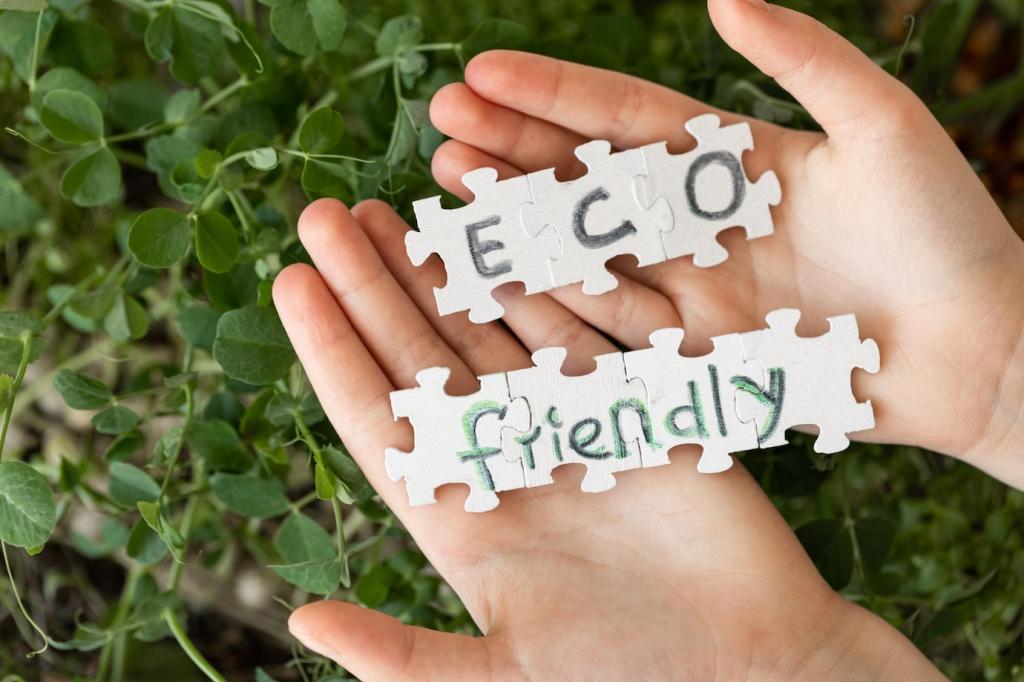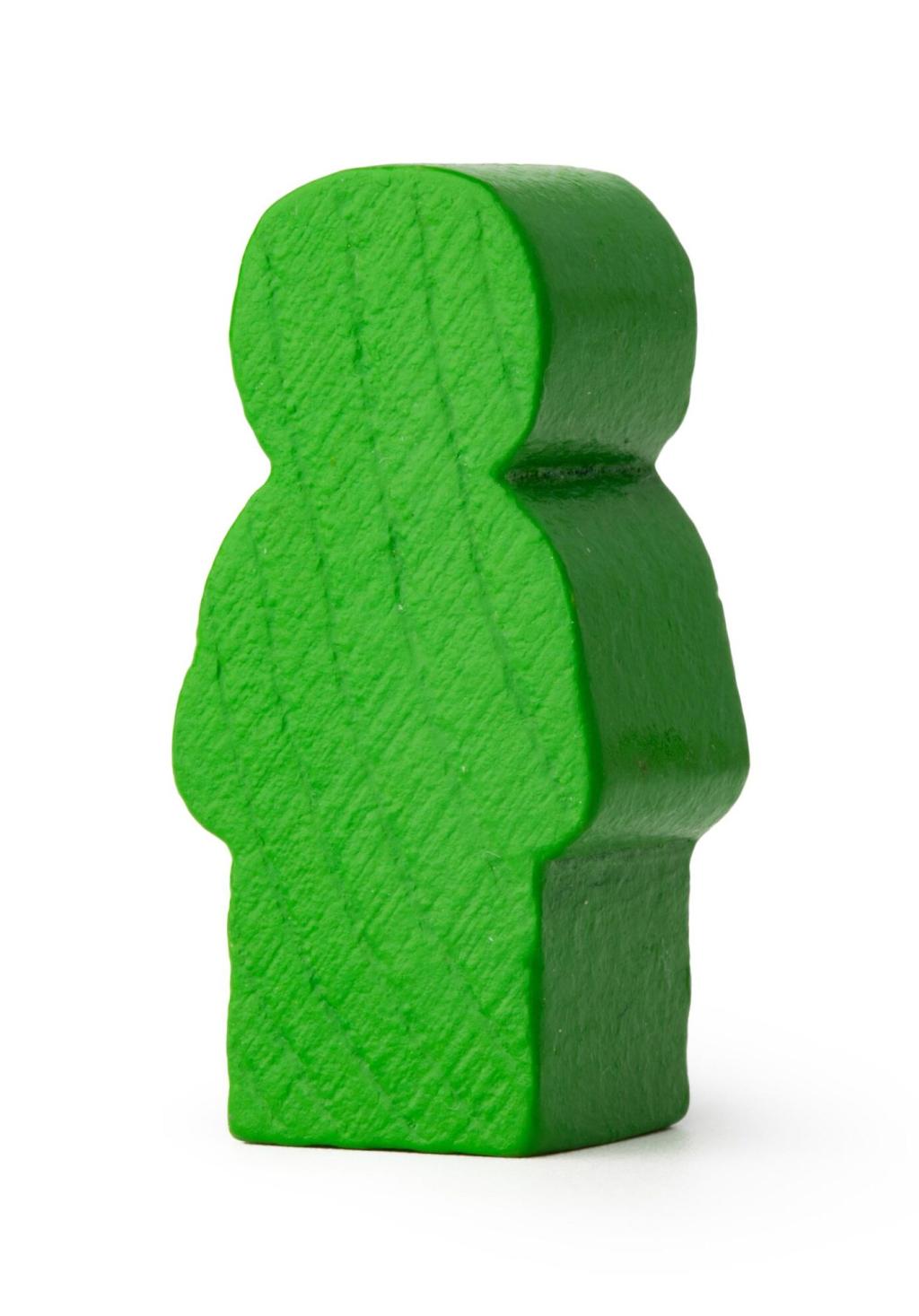Highlighting Environmental Benefits in Product Descriptions
Selected theme: Highlighting Environmental Benefits in Product Descriptions. Welcome to a space where sustainability becomes tangible, verifiable, and exciting in the very words that sell your products. Together, we will transform dry specifications into meaningful environmental outcomes that inspire action. Subscribe for fresh tactics, share your examples, and help this community refine the language of responsible commerce.
The Psychology Behind Eco-Benefit Framing
01
Move beyond listing materials and state the real-world outcome of a choice. Instead of saying “recycled polyester,” show what it prevents, such as bottles diverted from landfills, energy reduced in production, or emissions avoided across the product’s lifetime. What outcome would convince you instantly?
02
Let shoppers see how others chose the lower-impact option, while keeping tone respectful and encouraging. Phrases like “Most buyers prefer the refillable pack to cut plastic waste” validate decisions without guilt. Share your favorite line that celebrates community momentum without shaming anyone.
03
Replace fuzzy terms like “eco-friendly” with crisp, measurable statements. Name the recycled content percentage, quantify water saved, and explain how packaging reduces waste compared with last year’s version. Comment with a vague claim you plan to rewrite, and we’ll workshop a sharper alternative.
Turning Life-Cycle Data Into Readable Benefits
Translate Carbon Into Everyday Equivalents
If your product lowers emissions, convert the figure into something relatable: rides, miles driven, commutes, or hours of heating avoided. Shoppers remember concrete equivalencies more than abstract grams. Which everyday comparison best fits your product and audience? Share one, and we’ll refine the phrasing.
Longevity Is a Green Feature
Highlight durability, repairability, and modular parts as real environmental benefits. Fewer replacements mean fewer resources extracted and less waste generated. Show test results, spare part availability, and expected lifespan in plain language. Ask readers how they currently quantify longevity in their descriptions.
Certifications, But Plain Language First
List credible certifications, then immediately explain what they guarantee in practical terms. Replace jargon with clear outcomes: sustainably managed forests, audited labor practices, or verified recycled content. Which label confuses your shoppers most? Tell us, and we will help translate it into everyday benefits.

Material Origin Stories With Heart
Share where your materials come from and why that matters for the planet. One founder told us about meeting a small textile cooperative during a stormy morning visit; hearing looms hum while rain hit the tin roof made every recycled thread feel purposeful. What moment made your mission personal?
A Customer’s Better-Choice Moment
Feature a brief anecdote: “Maya switched to the concentrated refill and cut her monthly plastic by half, without changing her routine.” Pair the story with a simple metric to anchor truth. Invite readers to submit their own transformations for a chance to be featured in future posts.
Before-and-After Visual Narrative
Create a mini narrative around a comparison chart: before, disposable and wasteful; after, durable and reusable with quantified savings. Support visuals with crisp microcopy so readers understand the environmental stakes in seconds. Ask your audience which visual clarified the benefit fastest and why.
Avoiding Greenwashing With Clarity and Proof
Summarize key benefits on the product page, then link to a concise methodology that includes data sources, dates, and assumptions. Readers should confirm credibility without digging. Invite feedback on what proof feels convincing, and commit to updating the page as your sourcing or data evolves.
If you improved packaging but still use some plastic, say so, and explain the path forward. Honesty increases trust and keeps expectations realistic. Ask shoppers which trade-off they would prioritize next, and show how their responses inform your roadmap for continuous improvement.
Steer clear of sweeping terms like “zero impact” unless you can substantiate them. Favor precise, time-stamped claims that align with recognized guidance in your region. Invite readers to flag any phrasing that feels overreaching, and publicly iterate until the description matches your evidence.

Badges With Helpful Tooltips
Pair compact eco-benefit badges with a hover or tap tooltip that explains the claim in one sentence and links to details. Keep icons friendly but grounded in facts. Ask your audience which badge icon feels clearest and how they would phrase the supporting line for maximum clarity.

Progressive Disclosure for Curious Shoppers
Show the headline environmental benefit upfront, then offer expandable sections for materials, sourcing, and life-cycle methods. This respects both skimmers and researchers. Encourage readers to test your collapsible sections and report where they expected an answer but could not find it easily.

Checkout Reinforcement, Not Nagging
At checkout, reiterate key benefits succinctly, like reusability or reduced waste, and let shoppers choose slower, lower-impact shipping when available. Keep tone supportive, not pushy. Invite feedback on which microcopy feels helpful versus preachy, and adjust your final steps accordingly.
Research queries that indicate purchase readiness and eco interest, such as “reusable alternative” or “low-waste [product].” Map these to product pages and supporting guides. Encourage readers to share one keyword they suspect drives green-intent traffic, and we will suggest placement ideas.
SEO for Environmental Benefits in Product Copy
Measuring What Works: Tests and Feedback Loops
Experiment with different phrasings: emissions saved versus energy saved, or landfill waste avoided versus recycled content. Track comprehension and conversion, not just clicks. Share your planned variants, and we will suggest hypotheses that tie each claim to a specific shopper motivation.

